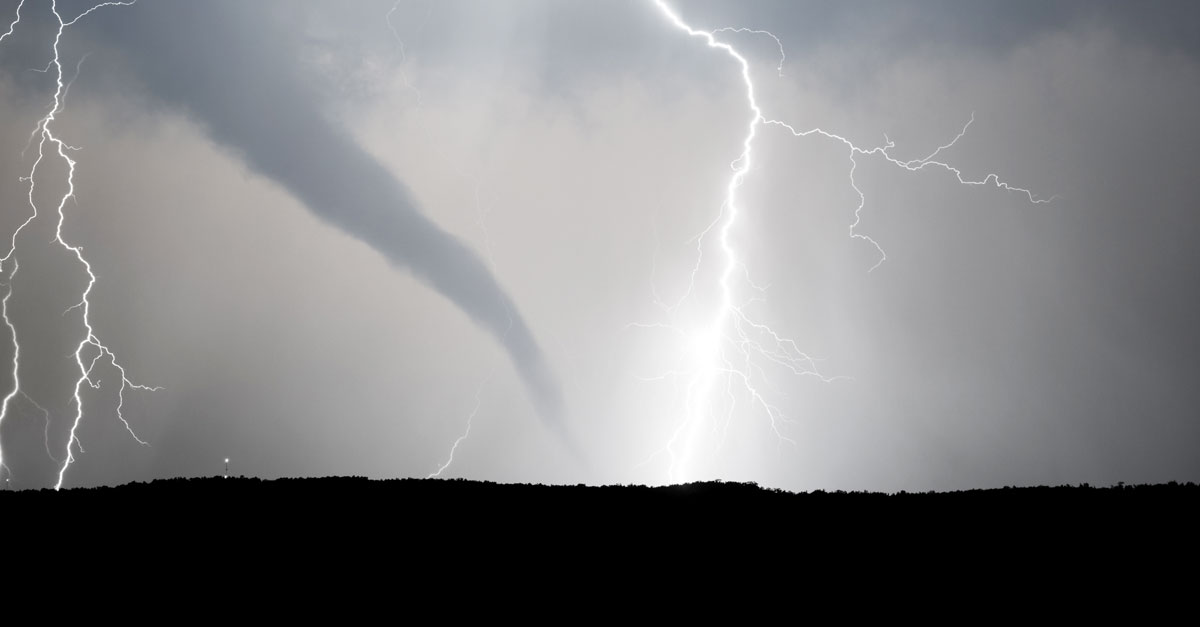Supply chain resolutions 2022: (3) reduce supplier risks

With climate change, weather hazards are becoming more likely. And with this, the risks for supply chain disruptions are increasing, too. Resulting large-scale power outages could bring production facilities at suppliers to a standstill. Or their plants themselves could be damaged by severe weather or forest fires.
The year 2021 has unfortunately confirmed this trend and put even more strain on already struggling supply chains. In the future, we can most likely expect even more frequent, even more serious natural disasters in even more places.
This makes it all the more important for supply chain managers to understand the geo-risks to their supply chains — both current and future.
Identifying geo-related risks for material flow and production
Using data from international reinsurers such as Munich Re and Swiss Re, SupplyOn Strategic Risk Management provides all relevant information. From earthquakes and volcanic eruptions to tornadoes and hailstorms to floods or forest fires, the system covers all forces of nature and weather. Additional risk information from other sources or your own risk categories can also be easily added.
Supply chain managers can see with a glance on the map which supplier plants are particularly at risk. They also know straight away which articles are affected in case. As a result, they can quickly identify which plant- or material-related risks are lurking in their supply chain.
Targeted risk mitigation
Now, this allows for initiating targeted measures to minimize these very risks. One example would be to agree specific safeguarding measures with suppliers. Another option is to consider this risk information specifically when selecting and evaluating suppliers. Ideally, both should be done.
This creates more resilient supply chains. That is, supply chains that are ready for the geo- and climate-related challenges of the future.
Learn more about this here.
My tip: SupplyOn Strategic Risk Management is also great for visualizing the impact of short-term (political) events on your supply chain. No matter if it is a lockdown, a large-scale power outage or a border conflict: Affected regions can be quickly and easily added to the maps as a separate risk layer, so that you can see early on how this will impact your production.



